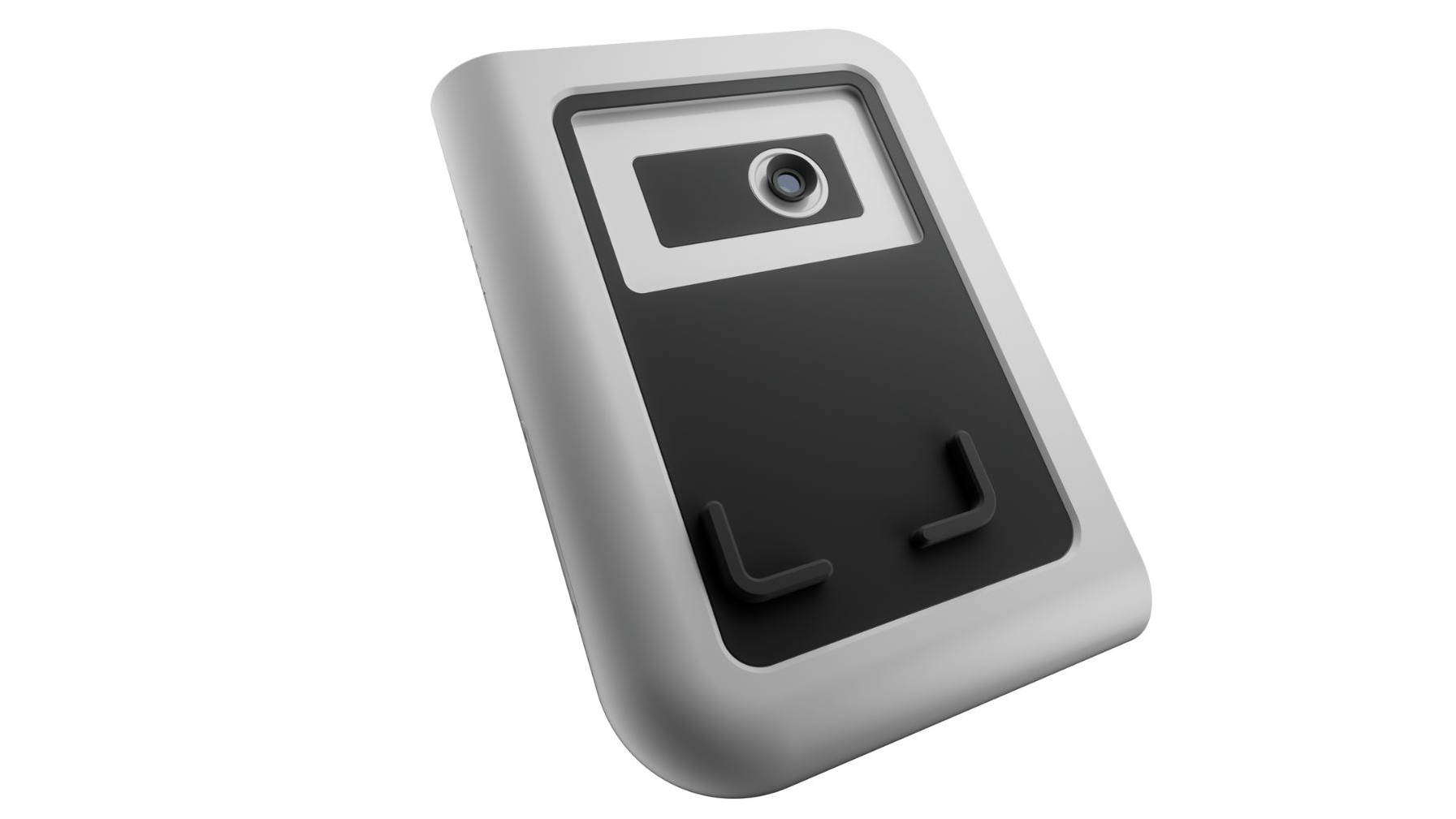
The maker of both the Stellina and Vespera – two of the best smart telescopes available – will this week launch on Kickstarter a completely different kind of product that partly uses a smartphone to image the night sky.
Starting at just US$149/£117, not including a tripod, Hestia is essentially a separate optical system that uses a smartphone only to align to objects in the sky. The optical system consists of a 30 mm /1.18-inch lens and prisms to collect and focus light, offering up to 25x optical magnification and a field of view of 1.8º.
The way it works is designed to be very simple. The user must download the Gravity by Vaonis app and then position their smartphone on the device to magnetically align the smartphone’s camera with Hestia’s eyepiece. It’s reminiscent of how Celestron’s StarSense telescopes are aligned but with an added imaging capability.

Any size of a smartphone will work, but the Hestia is not designed to be used to photograph deep-sky objects, something the Stellina and Vespera are. Instead, Vanois says that Hestia will be able to photograph the moon, the sun (using a solar filter, which will be available separately), and bright objects such as the Orion Nebula (M42) and the Pleiades open cluster. Images will be available within the Gravity app.
“To reduce costs and offer a telescope that is truly accessible to all, we have relied on the most powerful and widely adopted technology – your smartphone,” said Cyril Dupuy, founder of Vaonis.

Measuring 17 x 24 x 5.5 cm / 6.7 x 9.5 x 2.2 inches, Hestia is about the size of a book and weighs 500g /1.1 lbs. With a 1/4-inch tripod thread, it’s designed to be used with a tripod with a pan and tilt fluid head. Optional accessories will include a tripod, solar filter, hard case, finderscope and a motorized mount.
Due to go live on Kickstarter on July 18, 2023, France-based Vanois said that the new Hestia smart telescope is expected to be available by the end of the year.

That’s going to be too late for the annular solar eclipse visible in North, Central and South America on October 14, 2023, but it’s well in time for the arguably much more important total solar eclipse on April 8, 2024 visible from North America. The latter event is both mentioned and among the key visuals released by Vanois.
“On 8 April 2024, the eagerly anticipated total solar eclipse will cross the United States from coast to coast,” said a press release from Vanois. “Hestia will be the ideal instrument for a closer and safe look at the eclipse, immortalizing the rarest and most fascinating celestial phenomenon humanity has ever witnessed.”
About six or seven total solar eclipses occur on Earth every decade. Although a solar filter will be necessary for most solar viewing and for partial stages of solar eclipses, the short totality phase must be imaged without a solar filter in place.
- Vaonis Stellina Smart Telescope review
- Vaonis Vespera Observation Station smart telescope review
- 61-megapixel Vaonis Hyperia is like having a Hubble telescope
- Celestron StarSense Explorer DX 130AZ telescope review
- Celestron StarSense Explorer 8-inch Dobsonian telescope review
- Celestron StarSense Explorer LT 114AZ telescope review







